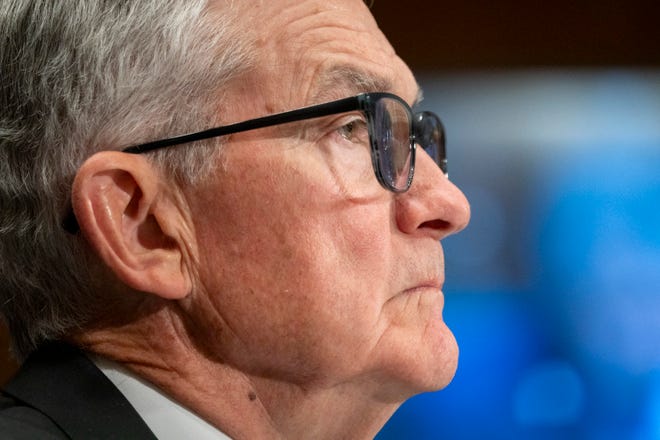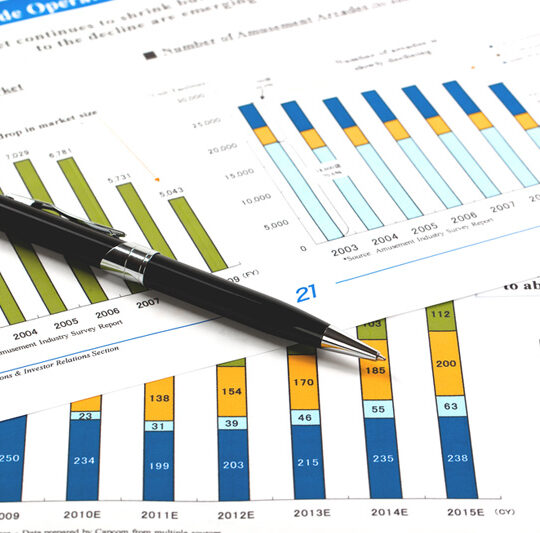
Tags :access:meteredssts:moneysstsn:Moneytag:Bankingtag:Bankratetag:Economy Newstag:Federal Reserve Systemtag:Financial Markets Newstag:Fiscal Policy Newstag:Governmenttag:Inflationtag:Interest Ratestag:Investingtag:Live Coveragetag:Loanstag:Modular Storytag:National Association of Realtorstag:Overall Negativetag:Social Securitytype:story
add a comment












